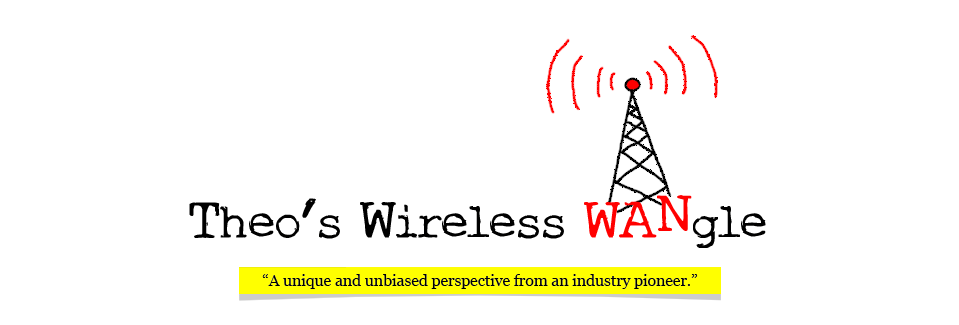Look at the man on the left, and then on the right. Is that a crazy resemblance or what? I'm guessing they're not related, but they do have something in common. The man on the left, Edwin H. Armstrong (1890-1954), did more to advance radio technology than anyone - even to this day. He figured out how the radio tube worked and then how to amplify and regenerate the signal, later cleaning it up to concert quality with his discovery of FM (frequency modulation). Armstrong's impact cannot be understated. He is considered the father of modern radio, and it was radio that gave life to the electronics industry.
The man on the right, Jaime Fink, is co-founder of Silicon Valley based Mimosa Networks. He's part of a new breed of innovators in various communities that are taking wireless from art to science, and they're going to prove that wireless is limitless. Even Google and Facebook are pushing wireless development, literally hiring rocket scientists in a bid to deliver Internet service from the stratosphere. And closer to earth, advances like "beamforming", "GPS synch" and TDD (time-division duplexing) are already enabling a multitude of radios to play in concert with each other, sending and receiving on the very same frequencies. It won't be long before more wireless spectrum is available, even in dense urban areas.
_______________
"Wireless is limitless, and so we should stop trafficking in statements like, "there's not enough spectrum" and "wireless can't handle the bandwidth."
_______________
The fact is, we're at a New Frontier in wireless, and in this phase we'll see that the sky's the limit. But this is by no means a revolutionary thought. A century ago, Nikola Tesla envisioned that wireless would deliver not only communications to everyone's home, but also electrical power. He didn't see limitations at all, and I'm with him.
The destiny of wireless is for all people and all things to talk to all other people and all other things - wherever they may be, in an endless ethereal mesh that plays like a cosmic symphony where there is no shortage of frequencies or capacity. In its infancy, wireless was a medium to transmit a signal from one person to another who had special receiving gear. Then it learned to "broadcast" so that one transmitter could talk to millions of households - first with radio, and then with television. People carried transistor radios like we carry iPhones, and of course we had radios in cars and all sorts of radio controlled devices. In today's parlance that might have been called the "Wireless of Things." As for the "Internet of Things," well there couldn't be one without wireless technology, and some day phone poles and wires will be a thing of the past. Wires are for the birds anyway.
Stay tuned for my follow up, in which I'll tell you how a new breed of innovators is taking wireless to new heights, moving it from art to an extremely precise science, and challenging all our assumptions.


No comments:
Post a Comment